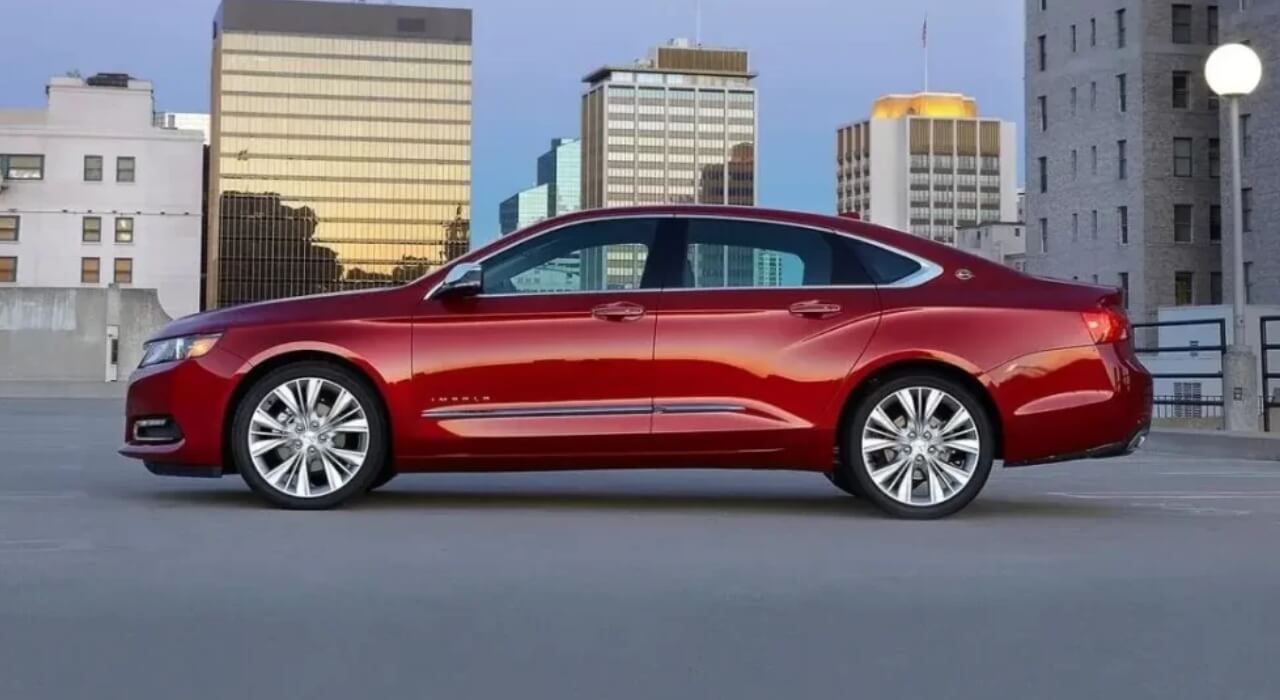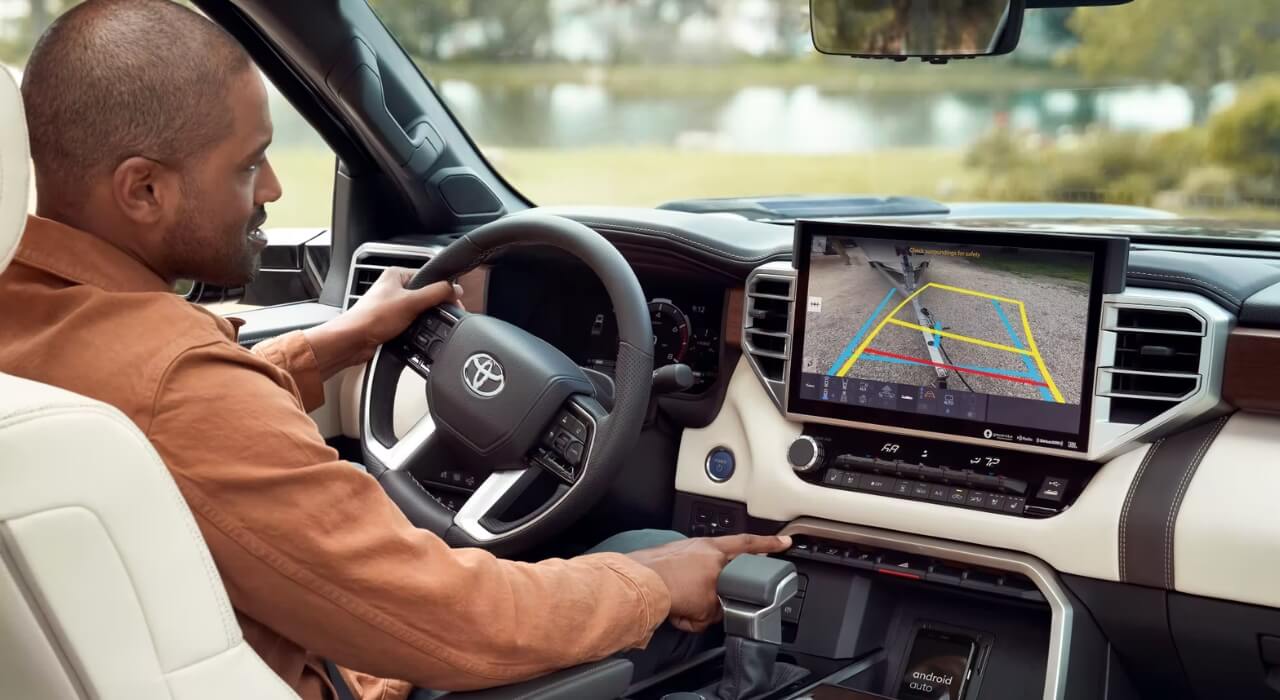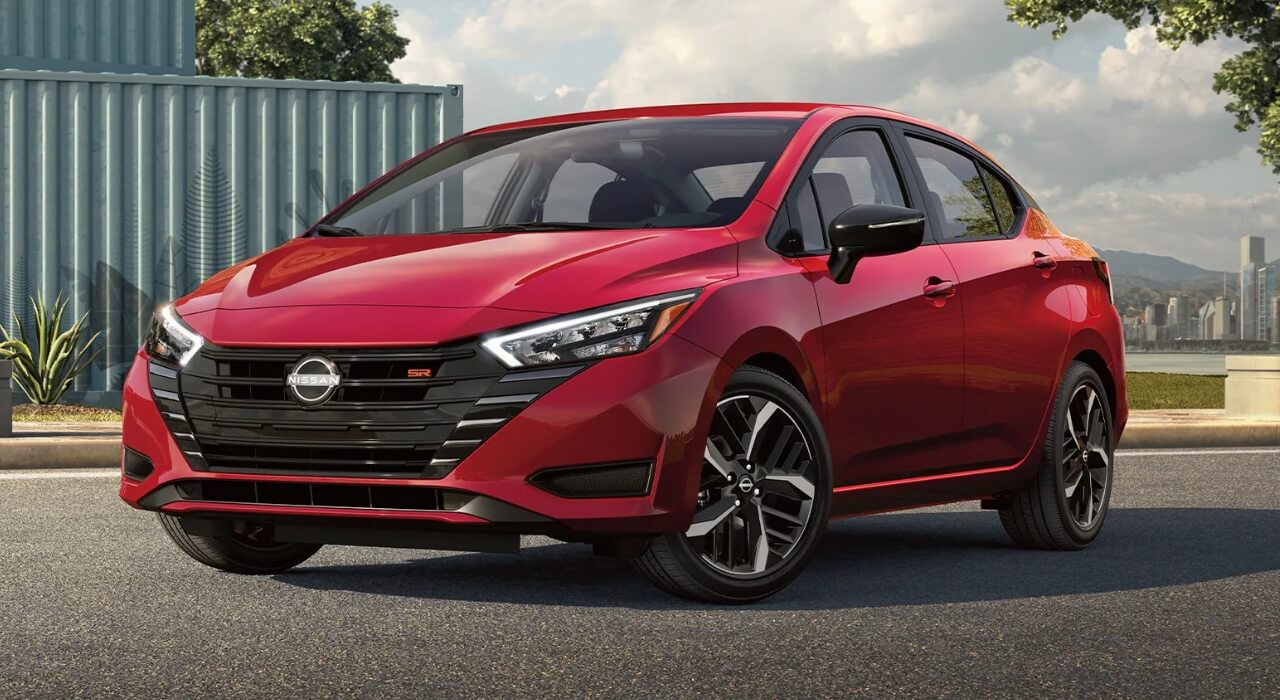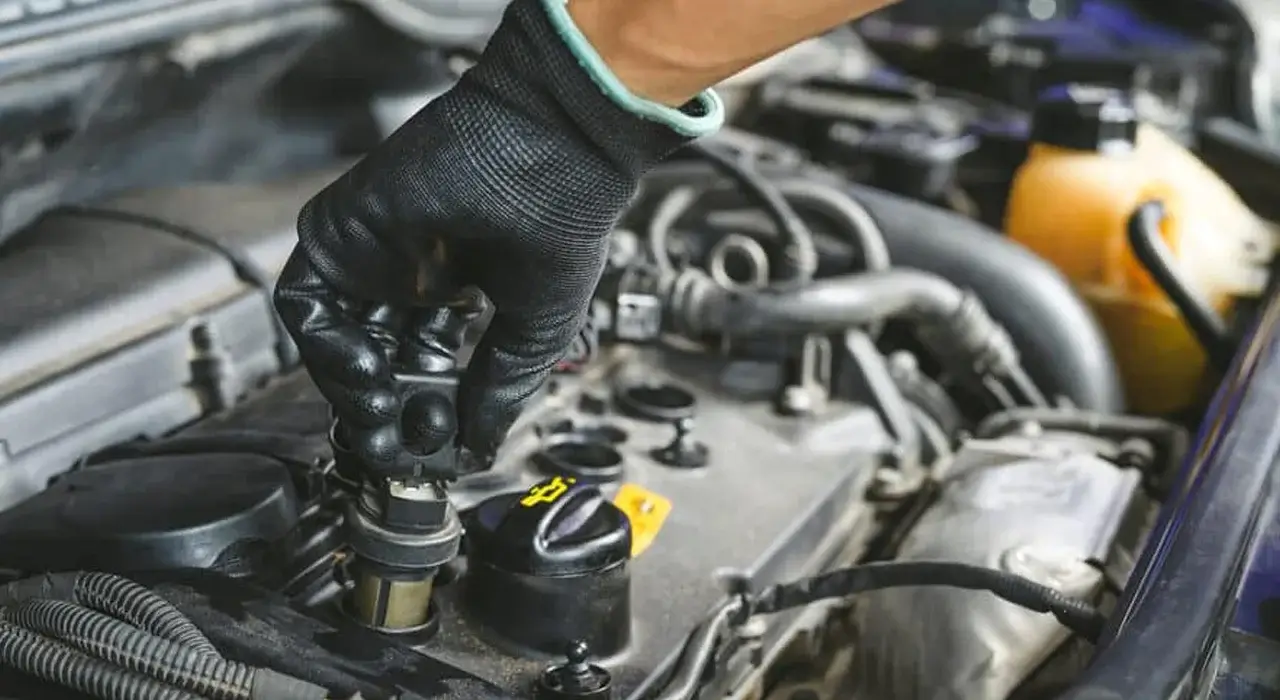The fuel pump is an integral part of the fuel system and plays a crucial role in delivering fuel from the fuel tank to the fuel injector for combustion. If you don’t install it correctly, you will face some problems after changing the fuel pump.
Automotive gasoline and diesel engines rely on a moderately complex fuel delivery system. This system delivers fuel to the engine at the precise flow and pressure to allow proper operation. In most modern cars, one or more fuel pumps are at the center of this arrangement.
If one of these pumps isn’t working properly, your morning commute can be suddenly cut short. In this situation, you need to replace or change the fuel pump so that the fuel supply system works smoothly.
But for many reasons, your car may not start properly after replacing the fuel pump. This can be due to a number of reasons including correct installation, poor wiring, and many more.
So in this guide, you will learn what are the most common problems after replacing the fuel pump and how to solve them so that your car works properly again.
What is a Fuel Pump?
A fuel pump is a part of an automobile that supplies fuel from a fuel tank to the carburetor of an internal combustion engine. A fuel pump is an important part of the internal combustion engine.
It maintains the engine working.
Whether you’re trying to breathe new life into a carbureted big-block part or running a lawn mower, your engine needs a constant supply of fuel, which is the purpose of fuel pumps.
The carbureted engine typically uses a low-pressure mechanical pump located outside of the fuel tank, while a fuel-injected engine typically uses an electric fuel pump.
Electric fuel pumps are used on engines equipped with a fuel injector to transfer fuel from the fuel tank to the fuel injector.
Symptoms Of a Faulty Fuel Pump in a Car
If you notice that your car often loses power when you try to accelerate from a standstill, you may have a problem with your fuel pump. Accelerating requires more fuel and forces the fuel pump to work harder.
If your pump fails, it may not be able to keep up with this increased demand, causing your engine to run out of fuel as it tries to accelerate. If your car behaves like it’s about to stop when you try to accelerate from a standstill, your pump may need to be checked.
Popular For You: How to Use Bath and Body Works Car Freshener? Types of Freshener
If you are driving at highway speeds and notice that the engine stutters or jerks, you may have a faulty fuel pump. This problem occurs when the fuel pump is unable to deliver a steady flow of fuel to the engine; Periodically, your engine is only getting air when it should be getting fuel.
Common Problems After Changing The Fuel Pump
You just replaced a new fuel pump but your car won’t start. Are you wondering if there are typical problems after replacing the fuel pump or if a fuel pump could be installed incorrectly? Right?
So in this section, I am going to tell you about the most common problems after changing the mechanical fuel pump.
1. Engine Start Difficulty
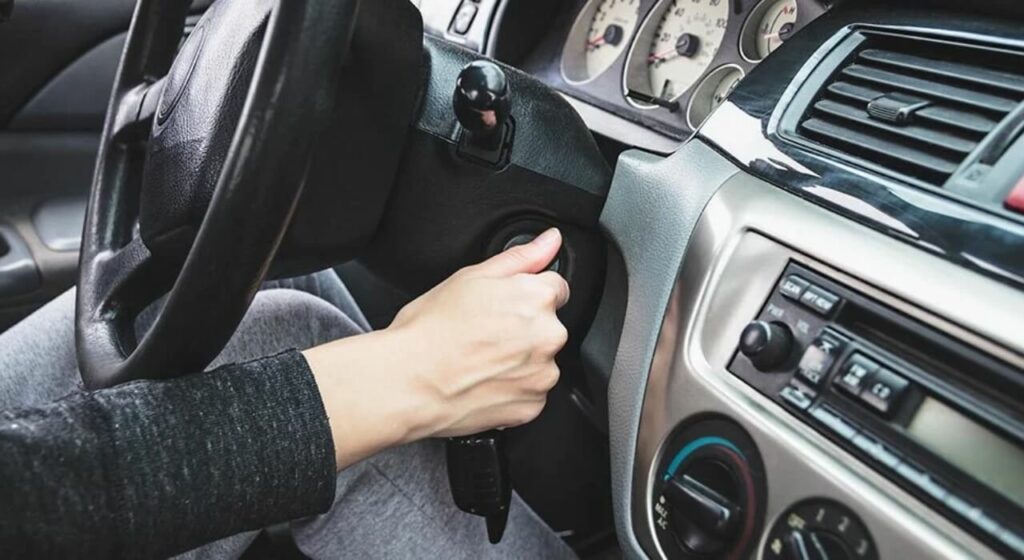
One of the most common problems that can arise after changing the fuel pump is difficulty starting the engine, mainly due to lack of fuel. If your vehicle sits for a while you will notice it crank for a few seconds before starting.
The main problem, in this case, is the lack of fuel pressure. To fix this problem, you need to check the fuel line for any loose connections or damage.
Also Check:
2. The Fuel Gauge Is Not Working Properly
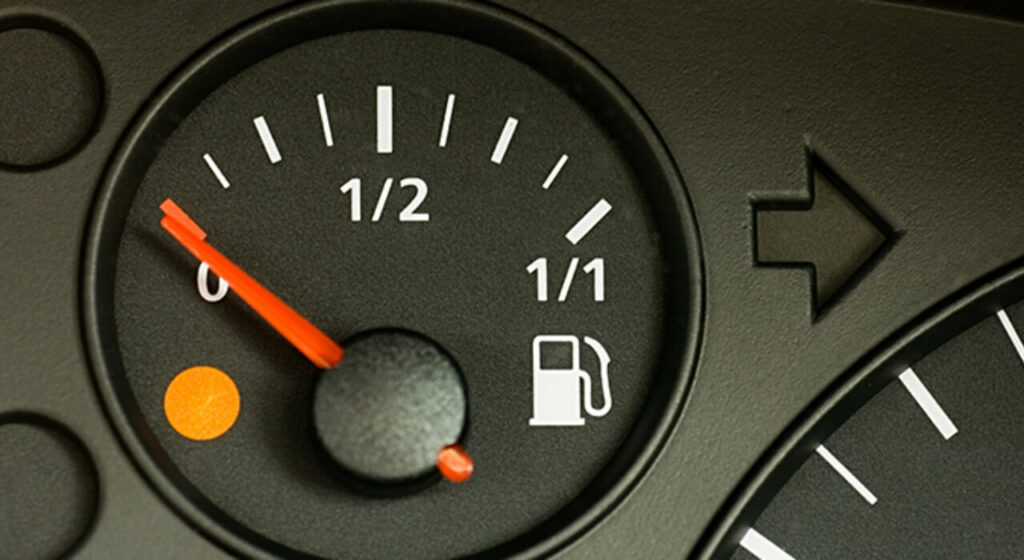
You may also find that your fuel gauge is not working properly after replacing your fuel pump. When this happens, the problem is usually with the fuel sender unit, which sends a signal to the gauge to tell how much fuel is in the tank.
Another reason why it doesn’t work properly is a problem with the wiring between the transmitter unit and the meter. To fix this you need to check that the transmitter unit is correctly connected to the oil tanks.
3. Rough Idling
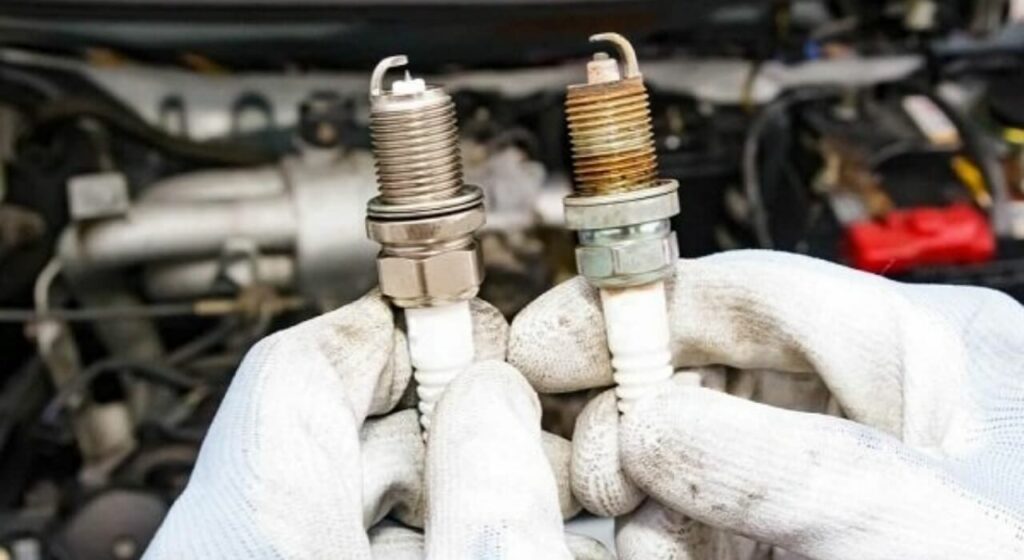
Most of the time it is observed that a car engine runs roughly even after replacing or changing the fuel pump. Well, in this situation, there are two things that could cause the problem. Either the fuel pump was not repaired properly in the first place, or the problem is not with the pump.
Suggestion: Water Spots On Car Won’t Come Off?- 6 Easy Removal Tips
Does the car run smoothly before changing the fuel pump? If so, it is obvious that the pump has not been installed correctly.
4. The engine is Overheating
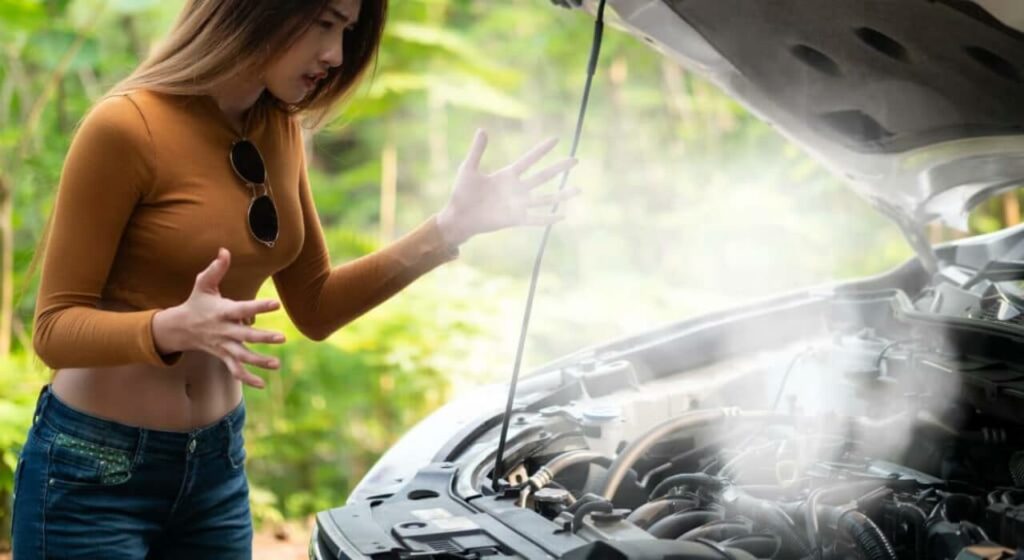
If your engine starts to overheat after replacing the fuel pump, there are several things you can do to fix the problem. One solution is to check the radiator fluid level and make sure it’s full.
If not, you can add more liquid. Another solution is to check the engine coolant level and make sure it is full as well. If not, you can add more coolant.
5. Car is Smoking
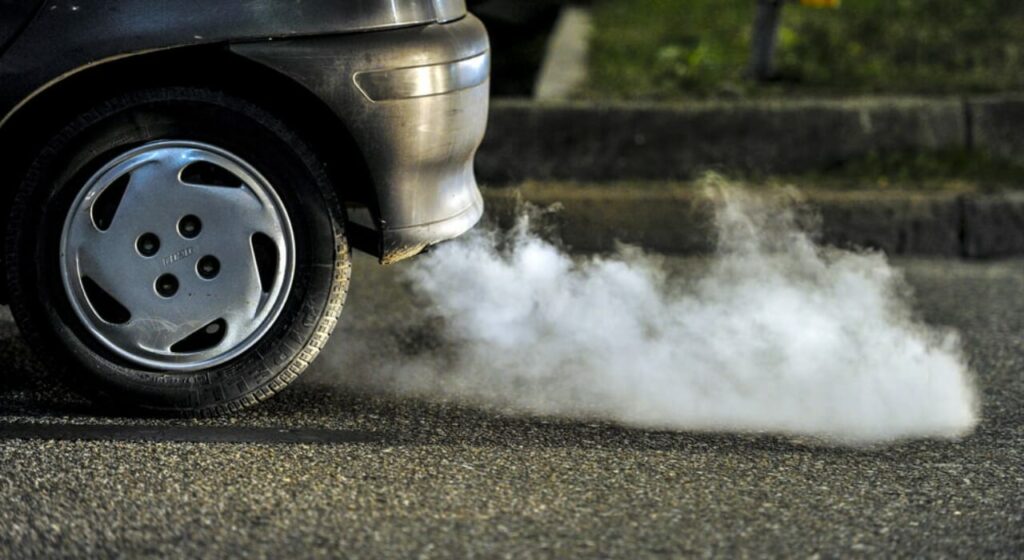
If your car begins to smoke after changing the fuel pump, there may be several issues at play. One possibility is excessive fuel pressure, which can be corrected with a fuel pressure regulator. Another potential problem could be a clogged fuel filter, which you may need to clean.
Finally, another possibility is that the new pump is not working properly. In that case, you need yet another new fuel pump.
Also Check:
6. Incorrect Fuel Gauge Reading
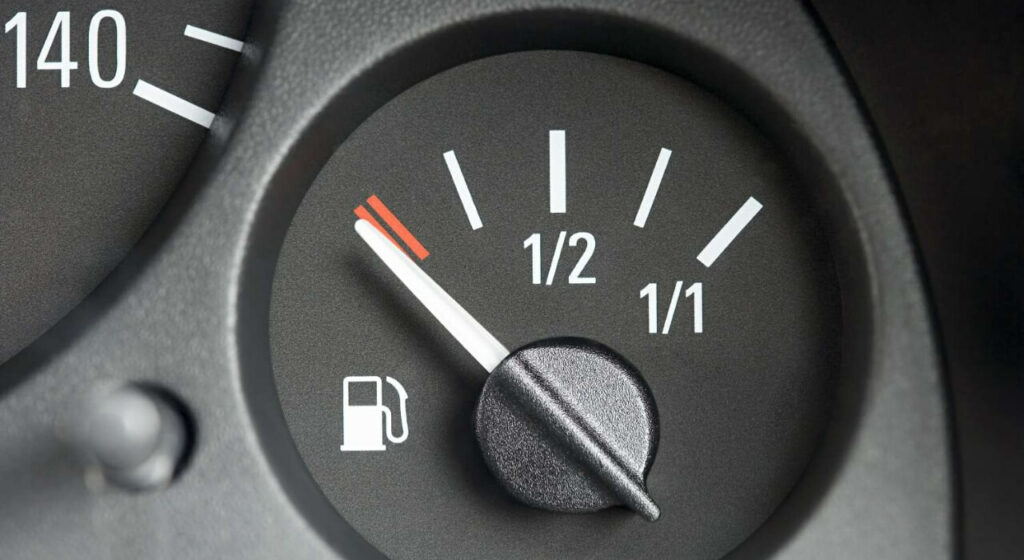
Another problem that is likely to arise after changing the fuel pump is an incorrect fuel gauge reading. This problem usually occurs when there is a problem with the transmitter unit, a device that tells the fuel gauge how much fuel is in the tank.
If this device does not work, the fuel gauge on your new fuel pump will read incorrectly. To fix this problem you need to take the fuel pump to the car mechanics.
7. Car is Hesitating
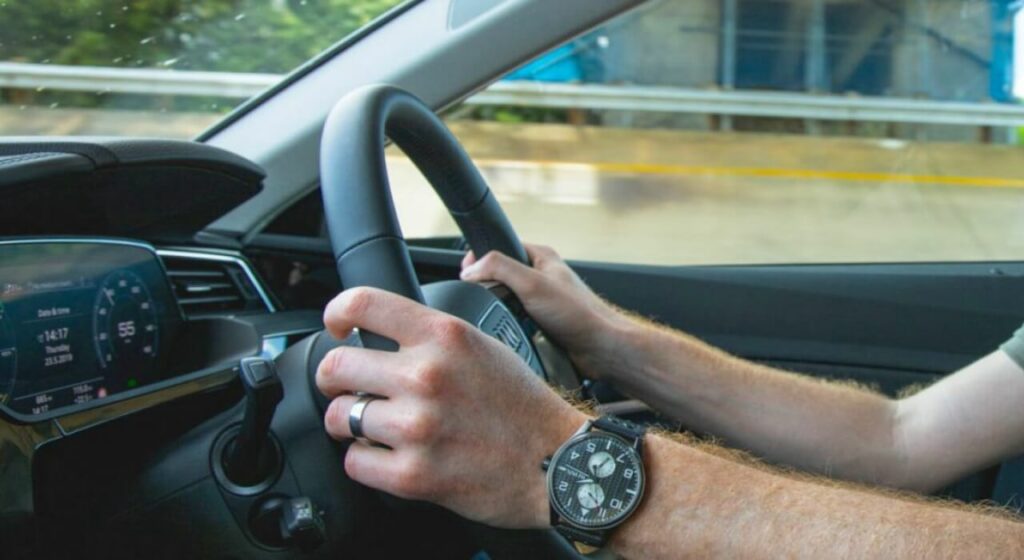
Another common problem after replacing a fuel pump is that the car begins to hesitate. This issue is caused by many different reasons like low fuel pressure or clogged fuel filters. If your car hesitates, you may need to clean the fuel filter or increase the fuel pressure.
What To Do After Replacing The Fuel Pump?
Replacing your car’s fuel pump is a big job and if not done right, you can end up with all sorts of problems. Here are some tips to do after replacing the full pump to avoid common problems after changing your fuel pump.
A. Fuel Pressure Test
A clogged fuel filter can cause acceleration problems. So first, remove the filter and drain the fuel remaining in it. Insert a short rubber hose into the filter inlet and blow; Then put the filter back in place.
Don’t Miss To Checkout: 7 Most Comfortable Car Seats For Long Trips – Full Review To Buy Online
Get a fuel pressure gauge, connect it to the fuel pump test point, and then have someone else rev your engine while you check the gauge reading. The indicator should roughly match the specifications in your car’s repair manual.
B. Disconnect Fuel Pressure Sensor
The simplest diagnosis is to disconnect the fuel pressure sensor and see how the car runs. This will most likely result in a check engine light on the car, but the ECU assumes a worst-case scenario and commands the fuel pump to run at full pressure.
If your car works better without the sensor, you’ve just found your problem. On most older cars, the fuel pump runs at full pressure all the time, and the pressure is controlled by a fuel pressure regulator.
C. Fuel Pump Electrical Test
For an electrical test, you need to check the fuel pump power source, which is of course a fuse. The location of the fuel pump fuse varies by make, model, etc. vehicle. So you’ll need to check your vehicle’s owner’s manual to see where yours is located.
If you find it, pull it out and see if it’s burned. If the fuse appears to be intact, check other fuses connected to the fuel pump system.
Top FAQs About Common Problems After Changing Mechanical Fuel Pump
How often should I change my fuel pump?
When you need to replace the fuel pump depends on the make and model of your vehicle, its age, and your own driving habits. However, according to experts fuel pumps need to be replaced every 2 years or 30,000 miles, which comes first.
One way you can determine if the fuel filter needs to be replaced is to pressure test the fuel system. It can tell us if the system is working at the correct pressure or not and if not, we can recommend that you replace the fuel filter.
Why is my car not starting after replacing the fuel pump?
Since the main cause of starting difficulties after replacing the fuel pump is a lack of fuel pressure, the solution to this problem is to remove the fuel line that is connected to the fuel filter.
Then get a fuel pressure gauge. After that, connect a hose and connect it to the line that goes to the fuel filter. Next, open the vehicle’s hood vents to improve ventilation.
What should be replaced along with the fuel pump?
Every time a car’s fuel pump is changed, the fuel filter should also be changed, as it is responsible for preventing dirt and other contaminants from gaining access to the fuel pump. Dirt and other contaminants can easily cause fuel pump failure; Therefore, it would be better to install a new fuel filter, since the old one may be damaged or defective.
What happens when you wire a fuel pump wrong?
If a fuel pump is not installed correctly, it will not work at all or will not supply the engine with enough fuel. If the fuel pump is not working properly, your engine will not get the amount of fuel it needs to run properly.
Your engine loses power and fuel efficiency. It can also cause serious damage such as clogged injectors, combustion chamber deposits, and excessive pressure in other parts of the system.
Can you start a car with a bad fuel pump?
Yes, if a car won’t start with a bad fuel pump, try starting fluid to see if it starts. If it does not start, you can find another vehicle that is running fine.
Take the mechanical fuel pump from this vehicle and install it on your car. It should work as long as there is enough power to run the pump motor.
Why most of the time new fuel pump does not work?
If a fuel pump is faulty or not working at all, it could be due to improper installation. If the component does not work, it could be due to a problem in the fuel pump circuit or a defective fuel pump, in addition to the incorrect installation of a fuel pump.
However, if you are confident that all the parts listed above are in good condition, you may have a faulty fuel pump relay or ignition switch.
Final Thought
After changing the fuel pump, engine stalling and other serious engine-related problems are possible. This is due to bad installations or parts that do not match what was previously installed, leading to confusion with internal computer systems.
To avoid these problems, make sure you are safe with this task as well. Check that everything is making good contact by testing the ride again after installation.







